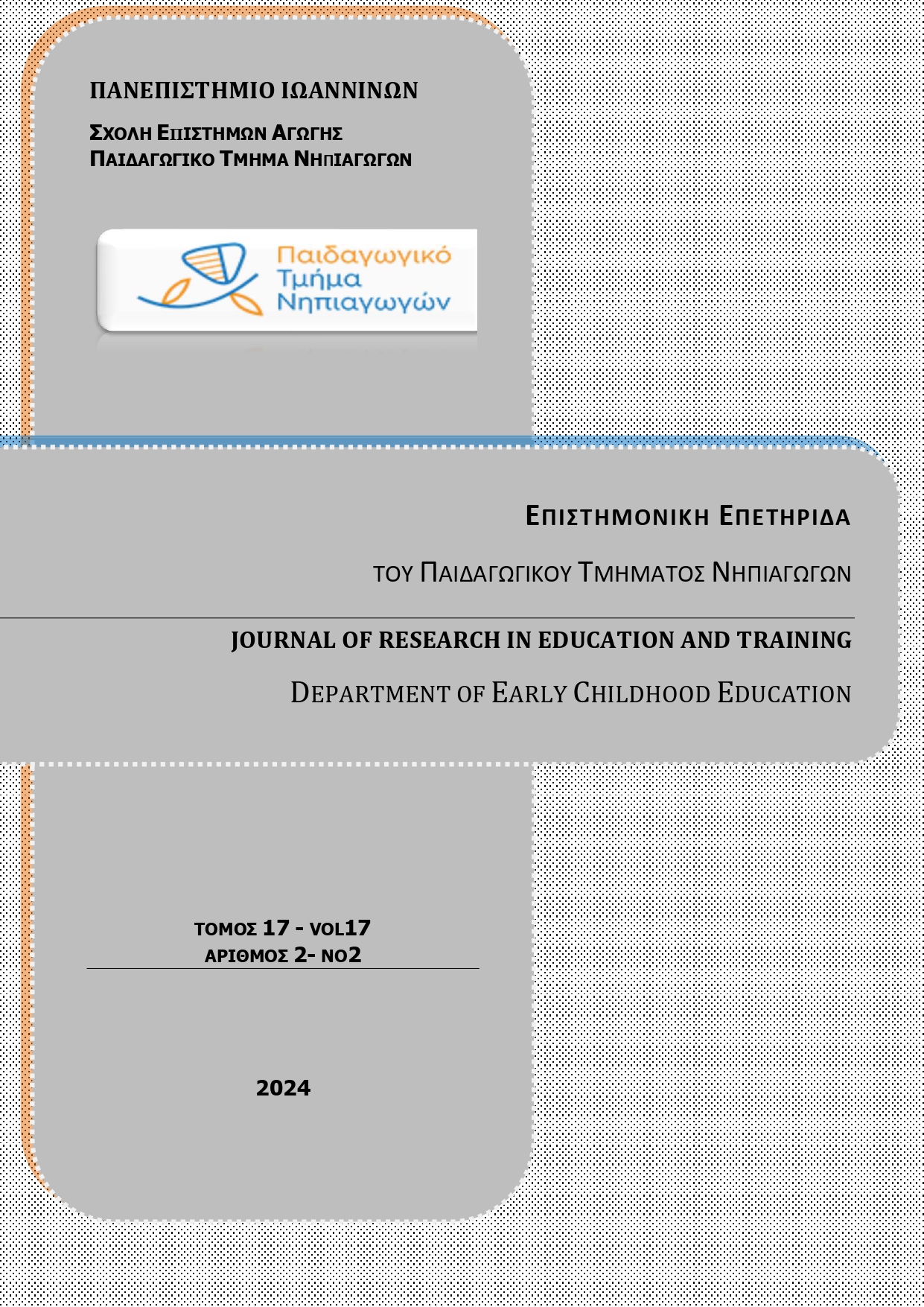The Investigation of the predictive validity in four evaluation criteria to the written expression

Abstract
This study explores the predictive validity of four evaluation criteria in the written expression to the last three grades of primary school in a writing text with unfinished and muddled phrases and a writing text with the technique of images. We examined the correlation between the two guidance techniques, the effect of the age and gender of pupils, and the validity of the evaluation criteria in the general performance of each test. In the literature, the evaluation dimensions in the written texts vary with age and population, and they include evaluation criteria related to quality, productivity, complexity, and text organization. This study aimed to contribute new data in the pupils’ written expression evaluation to the last three grades of primary school and highlight the evaluation criteria of the written with the great power in these ages. For this purpose, 93 pupils of the latest three grades of the primary school wrote two narrative texts, one with a technique of unfinished phrases and one with images. The results show an average statistically significant correlation between pupils' performance in the two tests. The effect of the age was statistical significantly, and the performances of the fourth-class pupils were lower in most criteria of the tests. The pupils’ gender effect was not statistically significant, but the girls achieved better scores in most evaluation criteria of the tests. The spelling criterion seems to have great power in tests of three age groups. In the writing text with the unfinished and muddled phrases, the structure criterion has high power, while the productivity criterion presented the law power to the three age groups. We discuss the results of the study about the limited research findings on the validity of the dimensions that evaluate in the written texts to the children of the last three grades of primary school, and we propose ideas for future research.
Article Details
- How to Cite
-
Xanthi, S. (2024). The Investigation of the predictive validity in four evaluation criteria to the written expression. Journal of Research in Education and Training, 17(2), 1–41. https://doi.org/10.12681/jret.35230
- Issue
- Vol. 17 No. 2 (2024): -
- Section
- Articles

This work is licensed under a Creative Commons Attribution-NonCommercial-ShareAlike 4.0 International License.
Authors who publish with this journal agree to the following terms:
- Authors retain copyright and grant the journal right of first publication with the work simultaneously licensed under a Creative Commons Attribution Non-Commercial License that allows others to share the work with an acknowledgement of the work's authorship and initial publication in this journal.
- Authors are able to enter into separate, additional contractual arrangements for the non-exclusive distribution of the journal's published version of the work (e.g. post it to an institutional repository or publish it in a book), with an acknowledgement of its initial publication in this journal.
- Authors are permitted and encouraged to post their work online (preferably in institutional repositories or on their website) prior to and during the submission process, as it can lead to productive exchanges, as well as earlier and greater citation of published work (See The Effect of Open Access).


